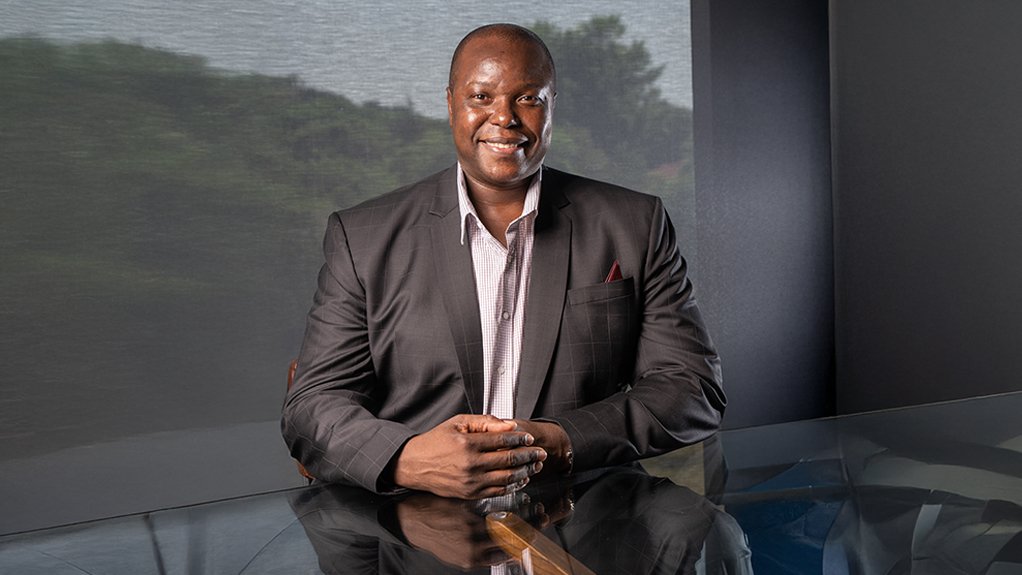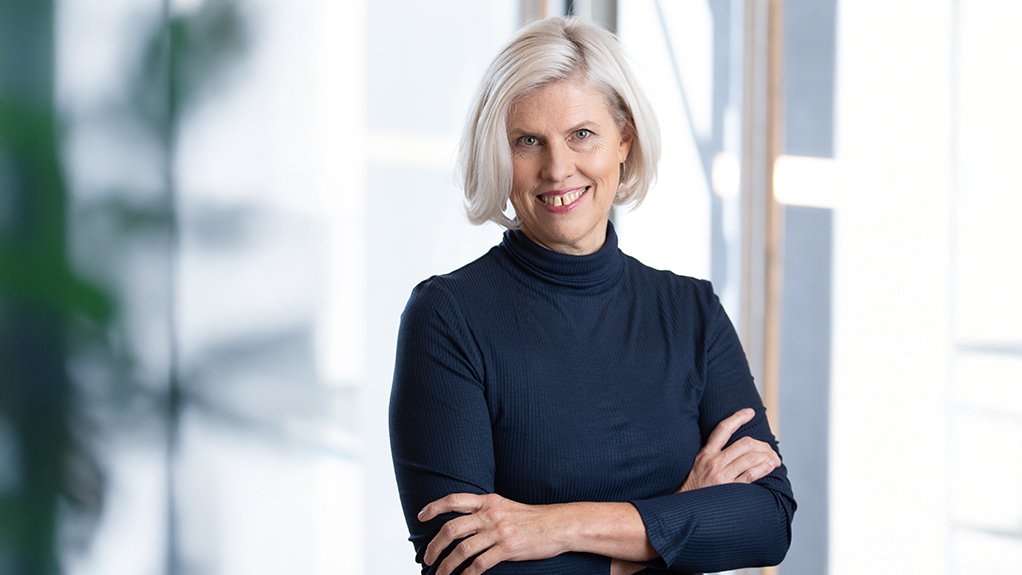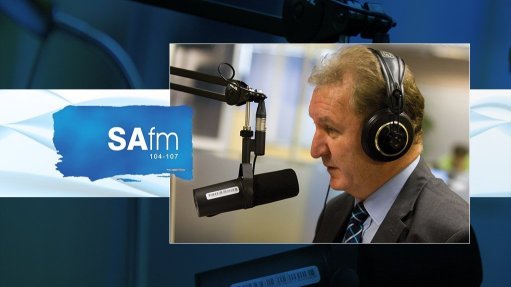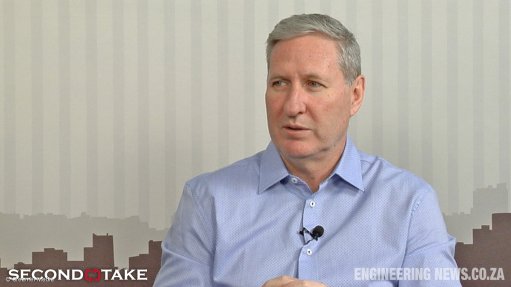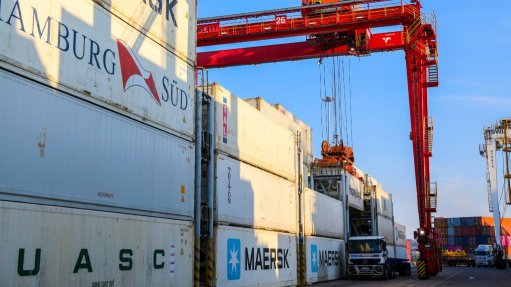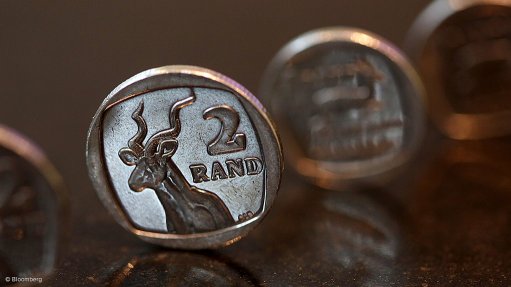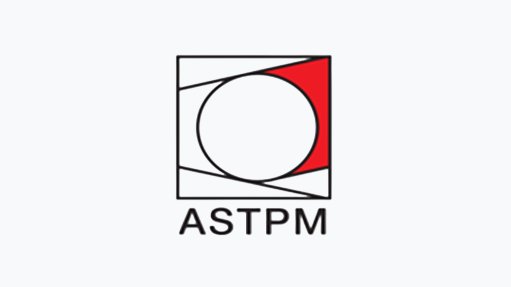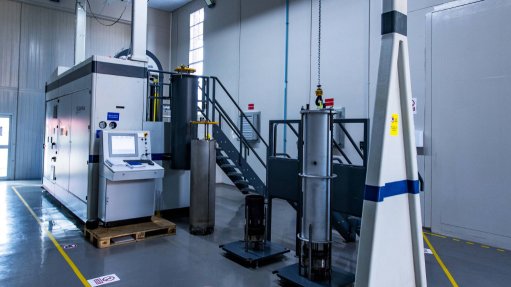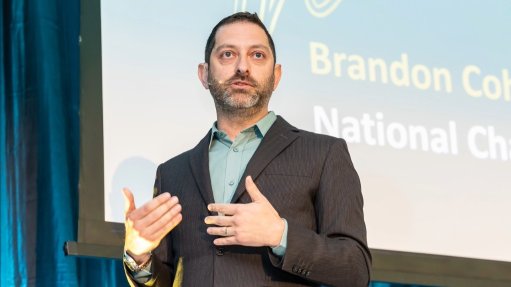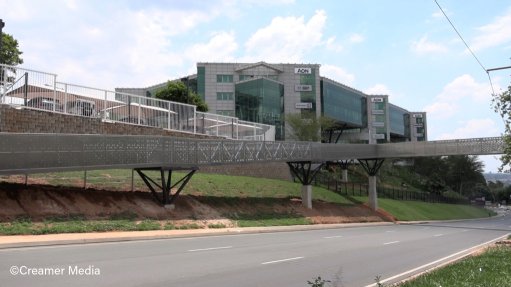Aurik motivates for ESD monitoring for impact, secures general agreement from officials
South African companies spent about R150-billion on enterprise and supplier development (ESD) over the past five years, but small and medium-sized enterprises (SMEs) only account for 34% to 40% of national GDP, compared with the 70% SME contribution in other countries.
“For many years now, South Africa has spent billions on ESD, but the impact of this is not that significant,” said enterprise development services and consulting company Aurik chairperson Jackie Mathebula.
“The goals of ESD are clear, namely to build successful black-owned businesses that can create jobs and grow the economy.
“However, we are not seeing the results we want, which is a thriving SME environment. ESD is too much about compliance and scorecard points and not about building thriving and sustainable businesses,” he said during an industry dialogue held in Melrose, Johannesburg, on October 24.
There were no firm numbers on how much was spent on ESD in South Africa. Aurik extrapolated the figure of about R25-billion a year over the past five years from a 2023 report by the Broad-Based Black Economic Empowerment (BBBEE) Commission for which 140 JSE-listed companies had reported on their ESD spending, Aurik cofounder Carien Engelbrecht pointed out.
“The lack of data means the objectives of ESD spending cannot be achieved. The spending must lead to building sustainable businesses by strengthening them and their capabilities, and allowing them to build assets so that they can independently access corporate supply chains,” she said.
This was revealed in Aurik's 'Beyond the Tick-Box: Is South Africa’s R180-billion ESD Spend Delivering Real Impact?' report.
There were significant challenges with the current system, including that payments were made directly to SMEs without any monitoring for use and that corruption involving businesses, unions and government officials was uncovered in grants-beneficiary lists, she said.
About 60% of ESD spending was in the form of grants, meaning that about R90-billion to R100-billion of the total over five years was based on superficial diagnoses or without proof of use, she highlighted.
“Yearly grants are given to businesses that then still fail. There is no basis for the money to be spent and no one knows what it was used or applied for. This is a lost opportunity for the business because it was not about building SME capabilities,” she said.
She also highlighted additional challenges with policy, including that multiyear equity investments, which was patient capital that was well suited to supporting SMEs' growth, was no longer recognised as ESD spending.
“Five years ago, verification agencies were confused because equity was suddenly no longer recognised as multiyear investments. This was a right tool that we lost.”
Specifically, Englebrecht and the Aurik team motivated for a review of ESD spending rules with the aim to ensure it was impactful and effective in supporting the development of sustainable SMEs.
“There is much we can fix and much we can fix easily. However, it will require not only changes to the ESD manual, but making verification work by strengthening reporting and measuring the impact. Vigorous verification must be pointed squarely at outcomes that matter to firms and the economy,” Engelbrecht said.
In a panel discussion subsequent to Aurik's presentation, senior government officials agreed that ESD spending and BBBEE rules needed to be reviewed, and both officials agreed that monitoring of ESD spending to boost impact was necessary.
BBBEE Commissioner Tshediso Matona said that, while the commission saw lots of activity and transacting, with lots of resources deployed in the space, it was not seeing enough of an impact or the outcomes that it wanted to achieve.
“We cannot solve the problem of a low-growth economy and not creating enough jobs, if we do not deal with the issues facing SMEs.
“We must make sure we know who and for what we are giving support to and we must not walk away and hope the person will still be in business. This diagnostic element is where we are failing,” he said.
There were problems in the current system, but these needed to be dealt with in the next phase of its development, taking into consideration the lessons learned. The 'Beyond the Tick-Box' report by Aurik pointed out the right direction, he said.
Further, in terms of the requirement for spending only within a 12-month period, the rules for these could be revisited, Matona said.
“We must incentivise and measure the right things. We must change the rules of the black economic empowerment scorecard to pivot towards impact, and we must do this quickly.”
Additionally, the changes to the rules unintentionally created policy uncertainty and, where there is policy uncertainty, investment suffers.
“The amendments to BEE legislation will take a long time, but there are some low-hanging fruit in terms of ESD spending that we can focus on,” he said.
National Empowerment Fund CEO Mziwabantu Dayimani said that, although there were good examples of ESD programmes, when looking at how much was spent, there was a need to ensure money was used more effectively.
The challenge was to create sustainable SMEs. For example, a business that supplied only one automotive manufacturer would be dependent on it. This was why the issue of market access was key. SMEs must be a symbiotic part of the ecosystem, he said.
“Whether the business is growing should be the bottom line. SMEs must diversify their businesses and clients, and we cannot only throw money at the issue.
“We need a central way of managing the resources deployed in this space and determine the best way for companies to structure their ESD spending and which is not complicated.
“The final thing we need is measurement of the spending against our objectives,” Dayimani said.
Article Enquiry
Email Article
Save Article
Feedback
To advertise email advertising@creamermedia.co.za or click here
Comments
Press Office
Announcements
What's On
Subscribe to improve your user experience...
Option 1 (equivalent of R125 a month):
Receive a weekly copy of Creamer Media's Engineering News & Mining Weekly magazine
(print copy for those in South Africa and e-magazine for those outside of South Africa)
Receive daily email newsletters
Access to full search results
Access archive of magazine back copies
Access to Projects in Progress
Access to ONE Research Report of your choice in PDF format
Option 2 (equivalent of R375 a month):
All benefits from Option 1
PLUS
Access to Creamer Media's Research Channel Africa for ALL Research Reports, in PDF format, on various industrial and mining sectors
including Electricity; Water; Energy Transition; Hydrogen; Roads, Rail and Ports; Coal; Gold; Platinum; Battery Metals; etc.
Already a subscriber?
Forgotten your password?
Receive weekly copy of Creamer Media's Engineering News & Mining Weekly magazine (print copy for those in South Africa and e-magazine for those outside of South Africa)
➕
Recieve daily email newsletters
➕
Access to full search results
➕
Access archive of magazine back copies
➕
Access to Projects in Progress
➕
Access to ONE Research Report of your choice in PDF format
RESEARCH CHANNEL AFRICA
R4500 (equivalent of R375 a month)
SUBSCRIBEAll benefits from Option 1
➕
Access to Creamer Media's Research Channel Africa for ALL Research Reports on various industrial and mining sectors, in PDF format, including on:
Electricity
➕
Water
➕
Energy Transition
➕
Hydrogen
➕
Roads, Rail and Ports
➕
Coal
➕
Gold
➕
Platinum
➕
Battery Metals
➕
etc.
Receive all benefits from Option 1 or Option 2 delivered to numerous people at your company
➕
Multiple User names and Passwords for simultaneous log-ins
➕
Intranet integration access to all in your organisation



